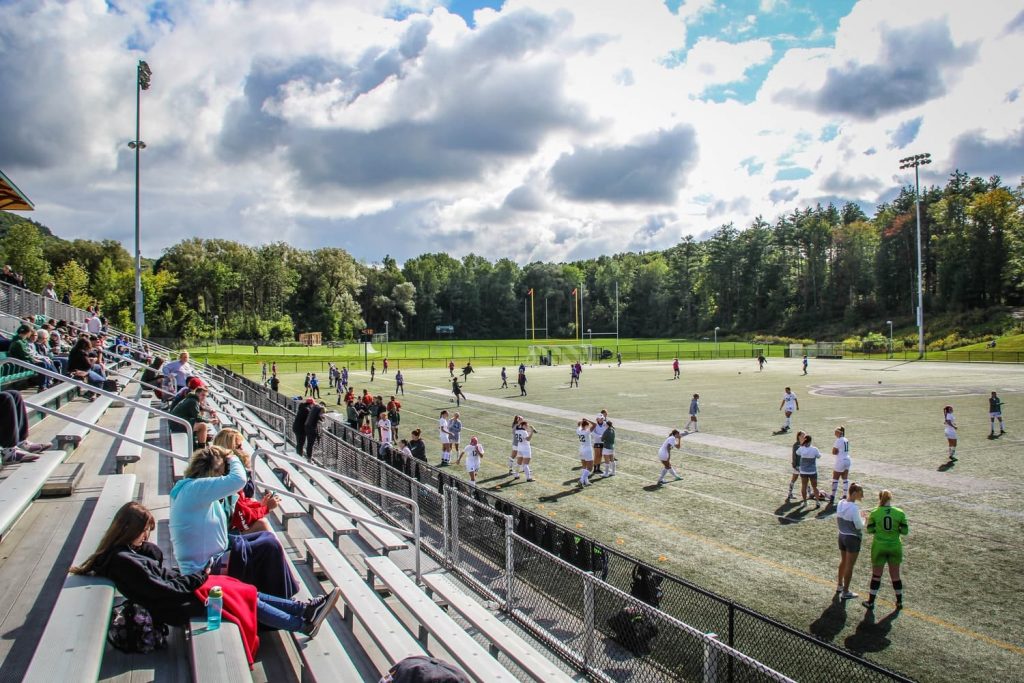Bleacher Inspections
Bleacher inspections can save lives
Six-year-old Toby Lee of Mound, MN was attending a hockey game at the Hutchinson Civic Arena on January 3, 1999 when he slipped through a 13” gap in the bleachers and fell to his death on the concrete floor approximately eight feet below. As a result, the Minnesota Legislature passed the Minnesota Bleacher Safety Act of 1999, the first legislation of its kind in the nation. Minnesota Representative Bill Luther introduced a bill, H.R. 836, to the 106th Congress authorizing the Consumer Product Safety Commission (CPSC) to issue a standard for bleacher safety. During its discovery process, the CPSC found that in 1999 alone there were 22,100 bleacher-associated injuries requiring emergency room treatment. Twenty-eight percent of those were results from falls from bleachers to the surface below and 4,910 of those falls involved children under the age of 15. The series of regulations developed by the CPSC includes a requirement that the spacing between footboards, seats, and guardrails on any bleachers 30” or higher must not exceed four inches, a standard that would have saved little Toby’s life.

Bleacher inspections adopted as part of building code
The International Code Council is the leading global source of model codes and standards and building safety solutions that include product evaluation, accreditation, technology, training, and certification. The Code Council’s codes, standards, and solutions are used to ensure safe, affordable, and sustainable communities and buildings worldwide.
In 2017, the ICC updated their code standards to include ICC 300 — Standard on Bleachers, Folding and Telescopic Seating, and Grandstands. Chapter 5 of the code addresses bleacher safety on systems existing prior to adoption of the standard, with Section 501.2 calling for annual bleacher inspections.
“All existing tiered seating shall be inspected and evaluated at least once a year by a qualified person for the compliance with the provisions of this chapter. All folding and telescopic seating shall be inspected to evaluate compliance with the manufacturer’s installation and operational instructions, including inspection during the opening and closing of such seating.”

Bleacher inspections from AMRC
Bleacher inspections from AMRC satisfy the code requirements and are designed to give you peace of mind that your seating structure is safe and operable. During inspection the bleachers are visually assessed, and deficiencies are documented for the following:
- Storage of combustible item under the bleachers
- Aisle width requirements
- Travel distance requirements
- Seating board and foot board sizes
- Openings between seat and footrest
- Railing and guards height and location requirements
- Stability of portable bleachers
- Operation of folding and telescopic seating
- Presence of maximum seating capacity sign permanently mounted for indoor bleachers
- Contrasting leading edge markings at aisle toe treads
- Condition of concrete and masonry
- Condition of metals, loose fittings and fasteners
- Condition of wood
Customized Turnkey Environmental Services Are Just A Call Away. We’re Ready For You!